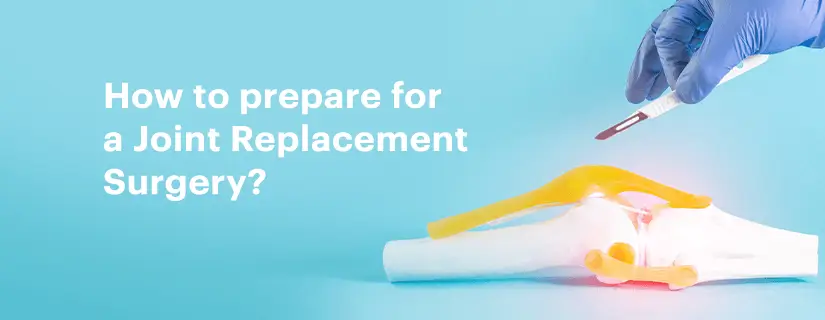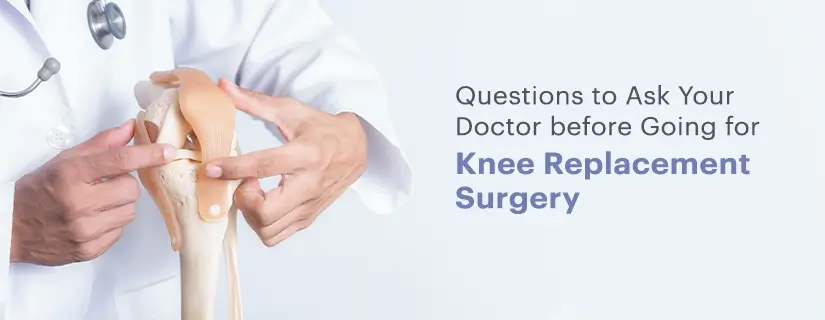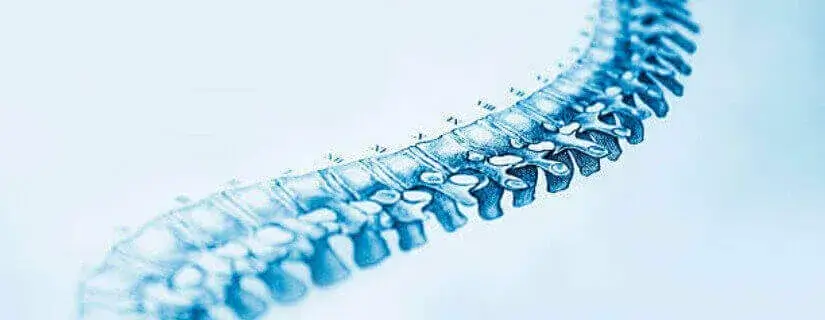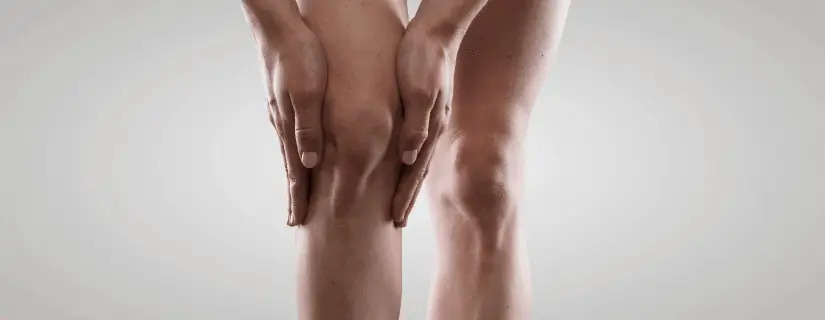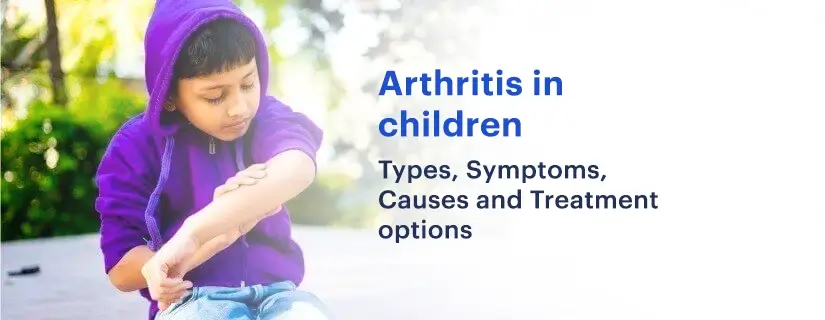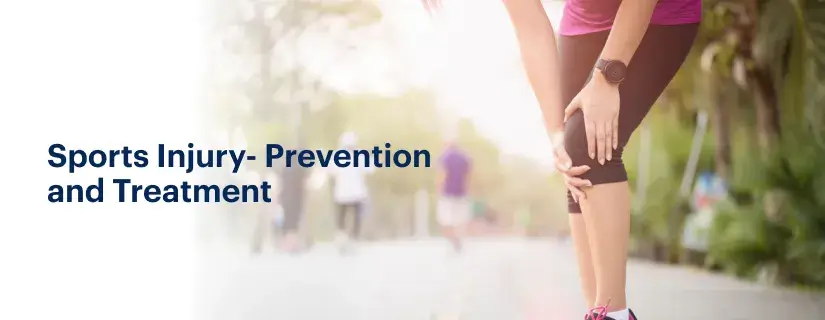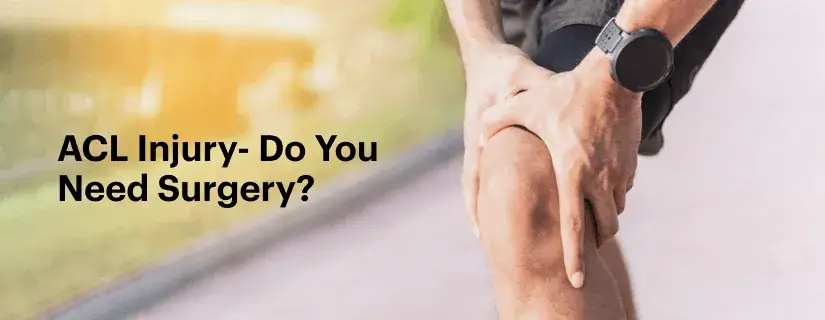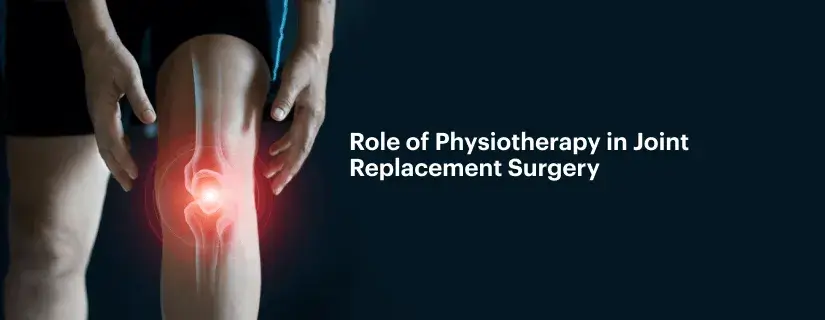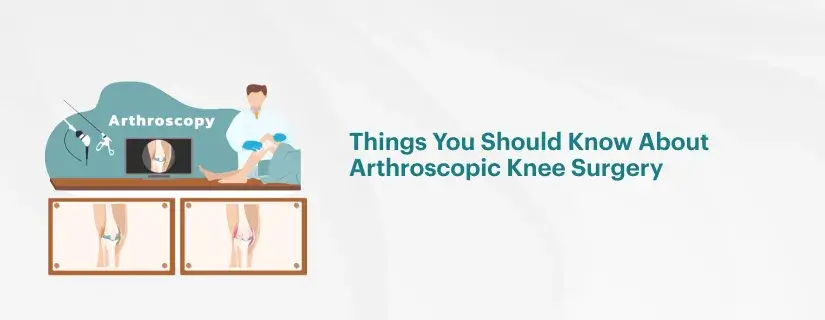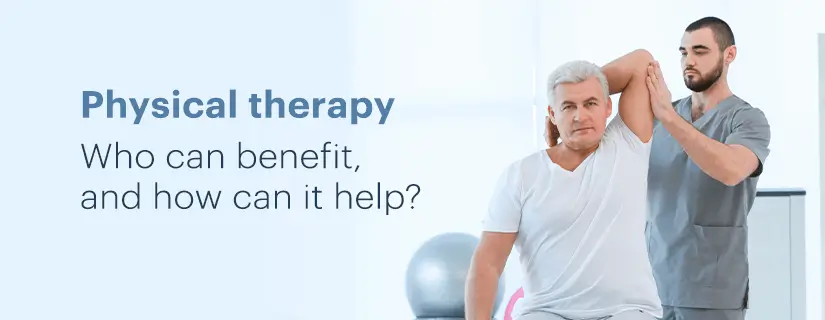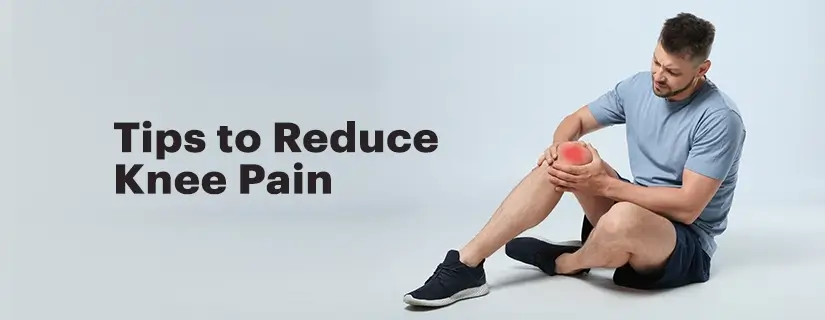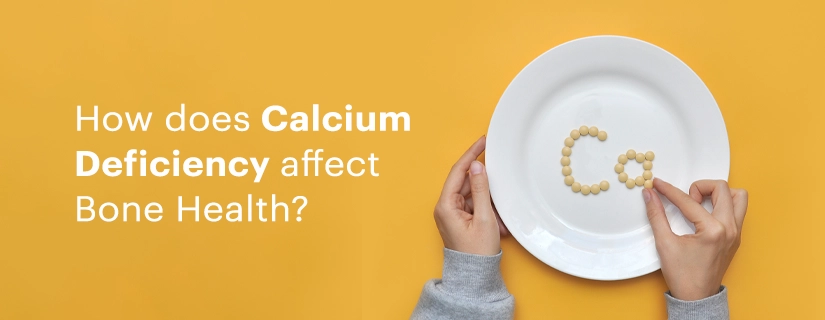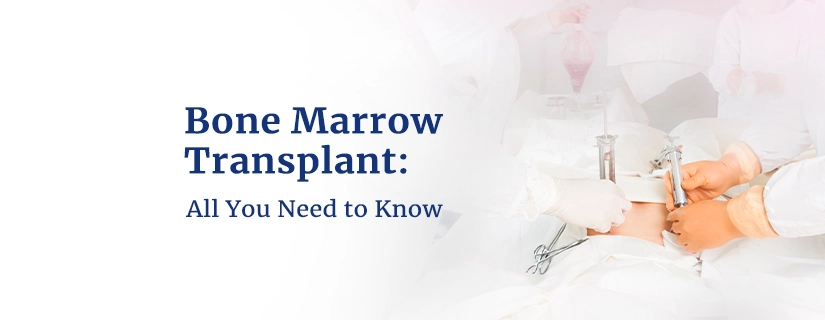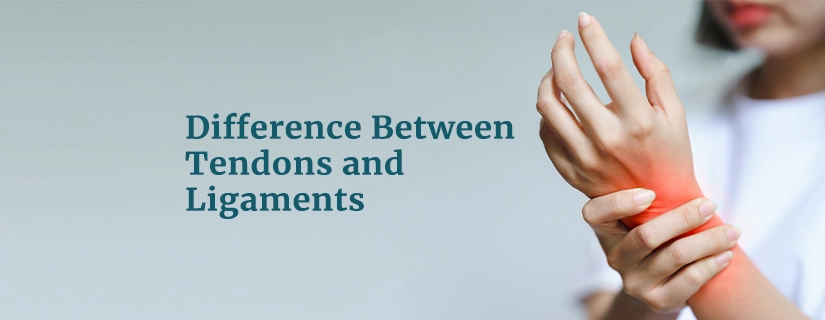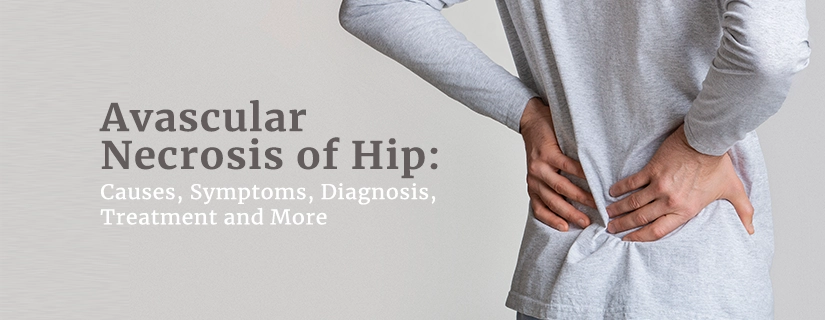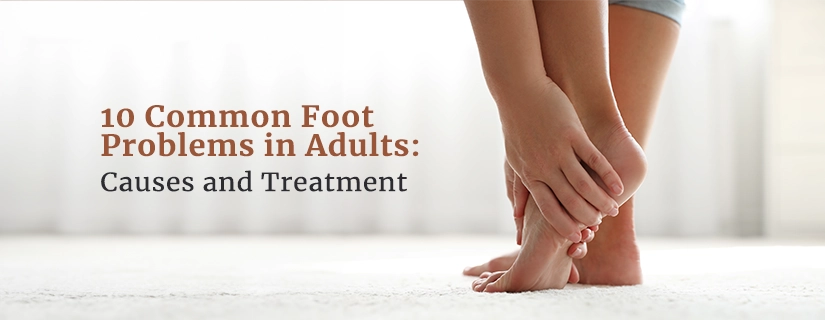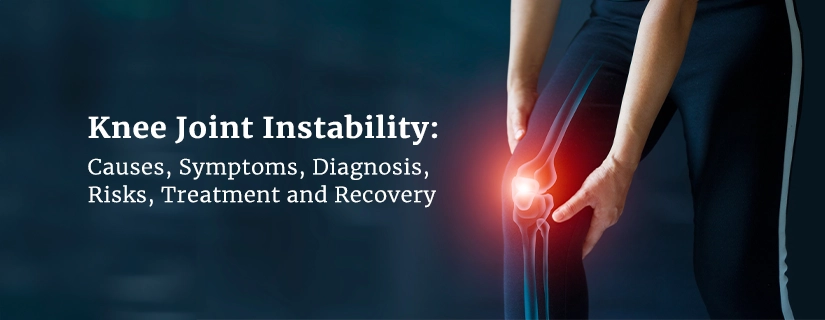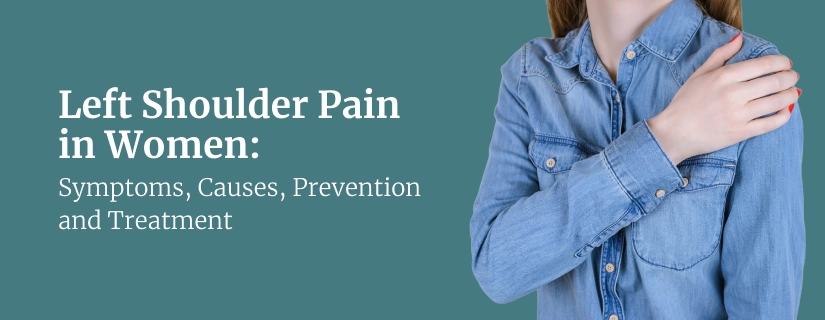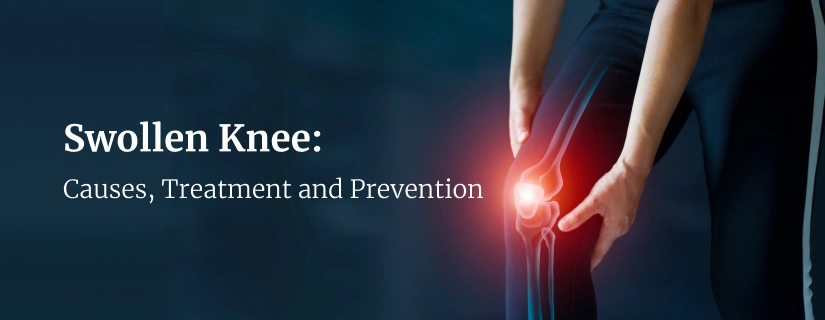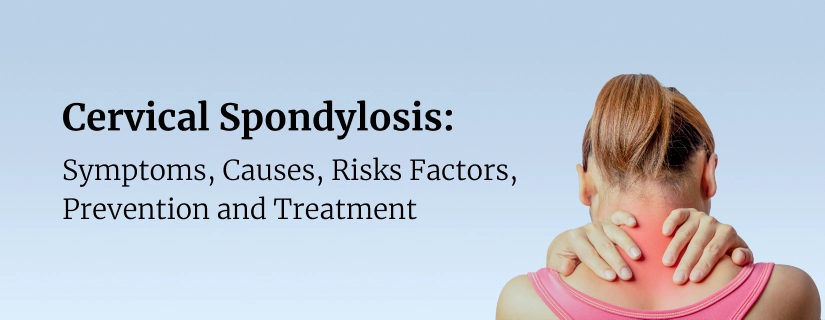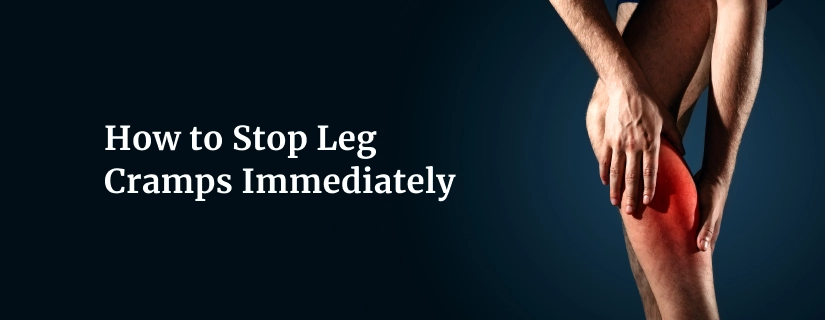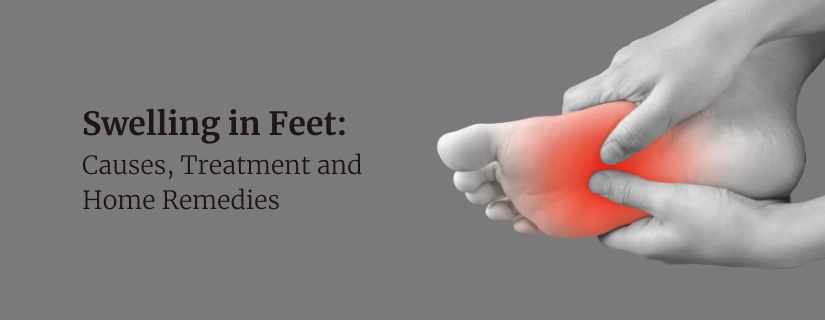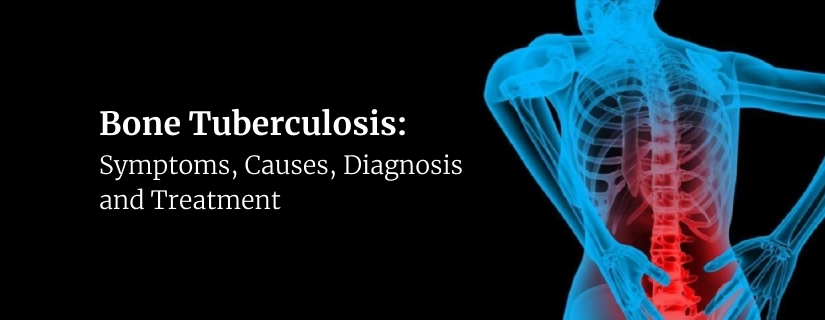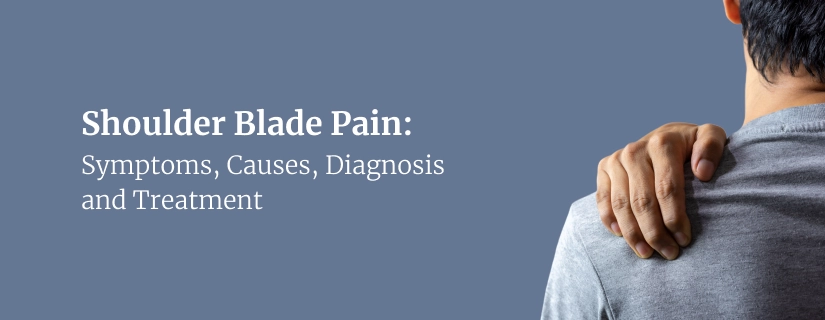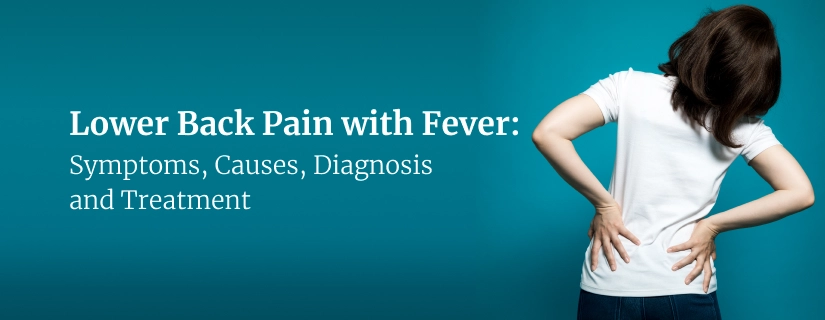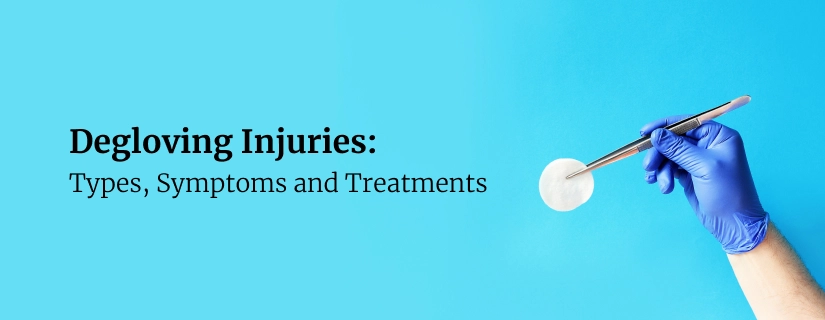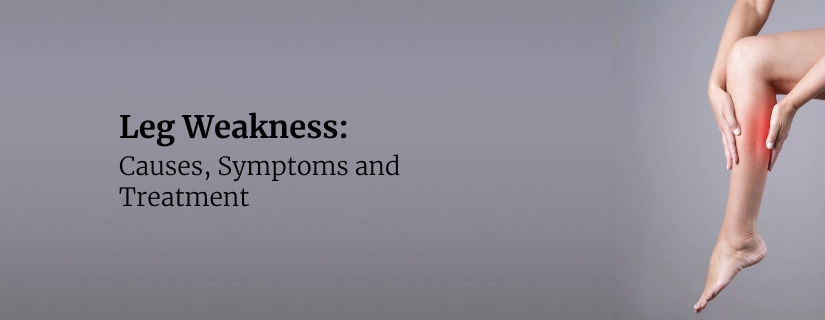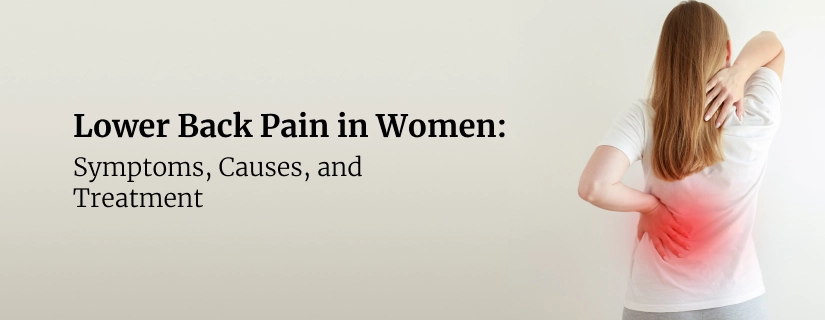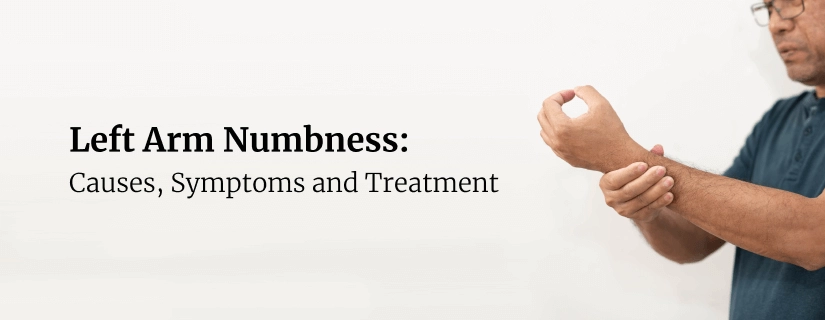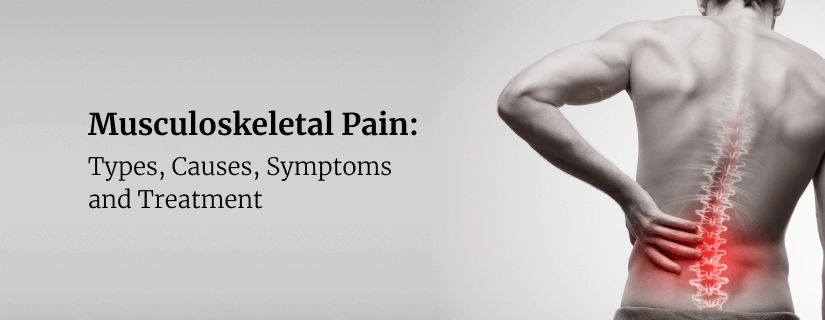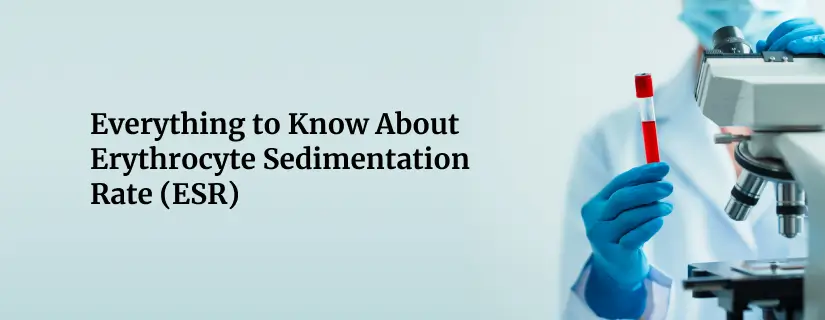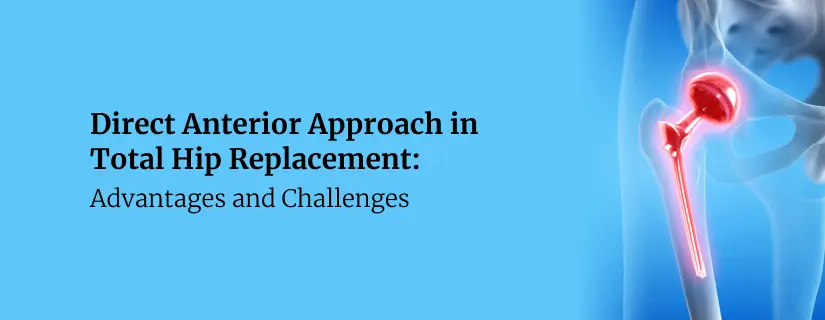-
Doctors
-
Specialities & Treatments
Centre of Excellence
Specialties
Treatments and Procedures
Hospitals & Directions HyderabadCARE Hospitals, Banjara Hills CARE Outpatient Centre, Banjara Hills CARE Hospitals, HITEC City CARE Hospitals, Nampally Gurunanak CARE Hospitals, Musheerabad CARE Hospitals Outpatient Centre, HITEC City CARE Hospitals, Malakpet
HyderabadCARE Hospitals, Banjara Hills CARE Outpatient Centre, Banjara Hills CARE Hospitals, HITEC City CARE Hospitals, Nampally Gurunanak CARE Hospitals, Musheerabad CARE Hospitals Outpatient Centre, HITEC City CARE Hospitals, Malakpet Raipur
Raipur
 Bhubaneswar
Bhubaneswar Visakhapatnam
Visakhapatnam
 Nagpur
Nagpur
 Indore
Indore
 Chh. Sambhajinagar
Chh. SambhajinagarClinics & Medical Centers
Book an AppointmentContact Us
Online Lab Reports
Book an Appointment
Consult Super-Specialist Doctors at CARE Hospitals
Tennis Elbow: Risk Factors, Excersies and Treatment Options
Updated on 20 October 2021
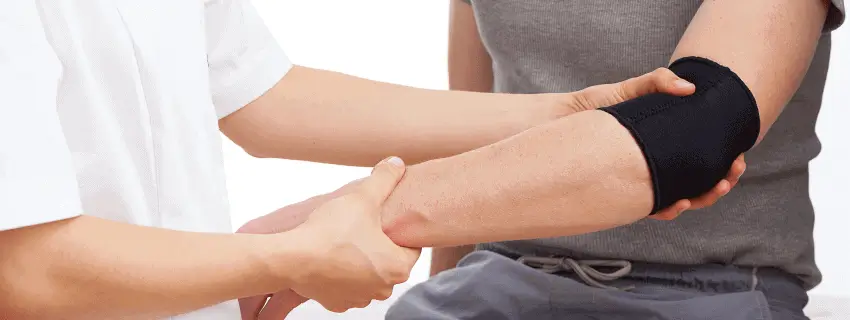
How can I take care of my tennis elbow?
Tennis elbow is a physical condition that occurs when tendons in the forearm get strained. It is usually a result of repetitive motions involving the wrist and arm.
Risk factors that influence the occurrence of tennis elbow
- Age - Tennis elbow is not exclusive to any particular age group. That being said, people above the age of 30 are at an increased risk of developing tennis elbow.
- Poor form - Improper techniques when playing sports, exercising, or performing day-to-day physical activities, in general, can strain wrist/ forearm muscles.
- Medications - Use of certain medications such as fluoroquinolone antibiotics (Cipro, Levaquin, Avelox)
- Improper warming up - Muscles and tendons are more prone to wear, tear, and damage when doing exercise without prior stretching and warming up exercises.
Medical care for your tennis elbow
- Surgery/ tennis elbow treatment procedures
- Ultrasonic tenotomy (TENEX procedure) - In this technique, a special needle is put through the skin and into the damaged portion of the tendon, following which ultrasonic energy reverberates through the needle. This causes the damaged tissue to liquefy so that it can be sucked out.
- Injections - Injections that contain the platelet-rich plasma, Botox, or any form of an irritant for prolotherapy are usually injected into the painful tendon to help relieve pain. Additionally, dry needling may be helpful in case the tendon is damaged in multiple places.
- Surgery - This is only recommended in case symptoms haven’t subsided or improved over the course of 6-12 months of extensive non-operative tennis elbow treatment. In addition to surgical procedures, rehabilitative exercises are crucial on a regular basis. To get the best treatment, book an appointment at Tennis Elbow Treatment Hospital in Hyderabad.
- Self-case home remedy measures
- Avoiding repetitive motions: when performing daily activities that involve the wrist and forearm
- Adequate rest: to avoid strenuous activities that can aggravate the tennis elbow and its associated pain and discomfort
- Ice pack: to be applied 3-4 times a day in sessions of 15 minutes each
- Over the counter medicines: pain-relievers such as ibuprofen (Advil, Motrin IB) or naproxen (Aleve) Wear a Tennis Elbow brace.
Exercises for easing discomfort and pain caused by tennis elbow
Most exercises that provide relief for the tennis elbow usually engage the wrist. The following are some that you can try out to help rehabilitate tennis elbow pain:
- Wrist turn
- Wrist turn with weights
- Wrist lift, palm up
- Wrist extensor stretch
- Wrist extensor flex
- Elbow bend
- First squeeze
- Towel twist.
Eat to Heal: Important nutrients for Tennis Elbow
- Calcium - It is very important for the growth, maintenance, and repair of bone tissue. Furthermore, it regulates muscle and bone contraction which are essential for the body’s recovery processes. A deficiency of calcium can increase the risk of low bone mineral density. Foods are rich in calcium: milk, dairy products, green leafy vegetables, and paneer.
- Iron - It is essential for the rebuilding process in the body. Inadequate levels of iron can result in muscle function impairment and limited work capacity. Foods are rich in iron: fish, poultry, dry fruit, and seafood.
- Magnesium - It is required to facilitate the contraction and relaxation of muscles and further helps ease swelling and pain in the muscles. A deficiency of magnesium can lead to prolonged pain and discomfort during tennis elbow. Foods rich in magnesium: pumpkin seeds, peanuts, cashews, almonds
- Omega 3 - It is extremely helpful in the inflammatory response towards the tennis elbow by reducing pain and swelling whilst increasing circulation to the site of injury. Consuming adequate levels of omega-3 can ensure that your body has everything it needs to heal your injury. Foods rich in Omega 3: salmon, mackerel, tuna, plant oils
- Zinc - It is irreplaceable for the important functions of tissue regeneration and repair. A lack of zinc significantly hampers wound healing and repair. Foods rich in zinc: red meat, legumes, fish, poultry.
- Vitamin A, B12, and C - These three Vitamins play important roles in regenerative processes for tissues and muscles that help support muscle and ligament recovery. These vitamins should especially be prioritized for tennis elbow given their respective roles in the body. Foods rich in Vitamin A: eggs, cheese, milk, yoghurt. Foods rich in Vitamin B12: seafood, eggs, chicken, mutton. Foods rich in Vitamin C: oranges, papaya, guavas.

ENQUIRY FORM
SELECT CATEGORIES
-
Neurosciences (16)
-
Neurology (37)
-
Neurosurgery (14)
-
Orthopaedics (48)
-
Oncology (33)
-
Obstetrics and gynecology (52)
-
Pulmonology (23)
-
Urology (20)
-
Nephrology (13)
-
Psychiatry (7)
-
Dietetics and Nutrition (111)
-
General Medicine (63)
-
Cardiac Sciences (32)
-
Vascular & Endovascular Surgery and Interventional Radiology (15)
-
Gastroenterology (46)
-
Endocrinology (23)
-
Plastic Surgery (10)
-
Critical Care Medicine (5)
-
COVID-19 (16)
-
Dermatology (16)
-
Emergency Care (1)
-
Ophthalmology (4)
-
Pediatrics (14)
-
Laparoscopic and Bariatric Surgery (8)
-
ENT (15)
-
Kidney Transplant (1)
-
Liver Transplantation and Hepatobiliary Surgery (5)
-
General Surgery (3)
-
Internal Medicine (5)
-
Medicine Information
All You Need to Know About Partial Knee Replacement
Orthopedic Problems: Symptoms And Preventive Care You Need to Take
YOU MAY ALSO LIKE
RECENT BLOGS
-

Preterm Birth (Premature Birth): Symptoms, Causes, Treatment and Prevention
13 May 2025
Read More
-
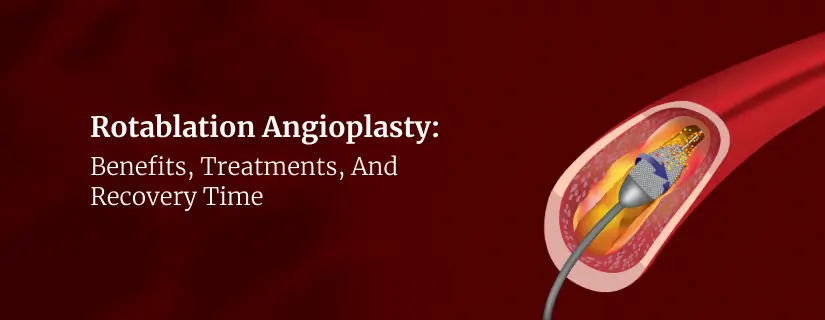
Rotablation Angioplasty: Benefits, Treatments, And Recovery Time
9 May 2025
Read More
-

What Is The Difference Between IUI and IVF?
9 May 2025
Read More
-
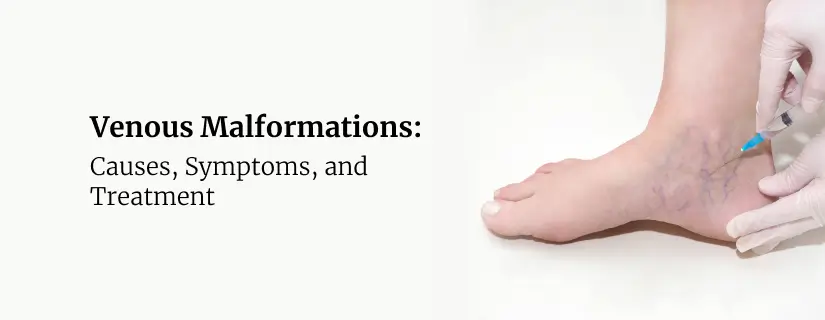
Venous Malformations: Causes, Symptoms, and Treatment
30 April 2025
Read More
-
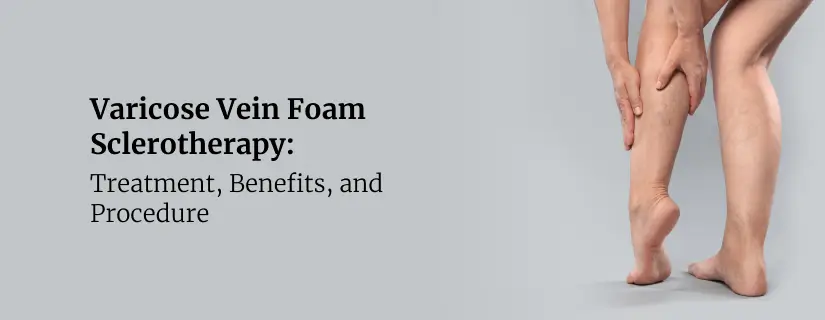
Varicose Vein Foam Sclerotherapy: Treatment, Benefits, and Procedure
30 April 2025
Read More
-
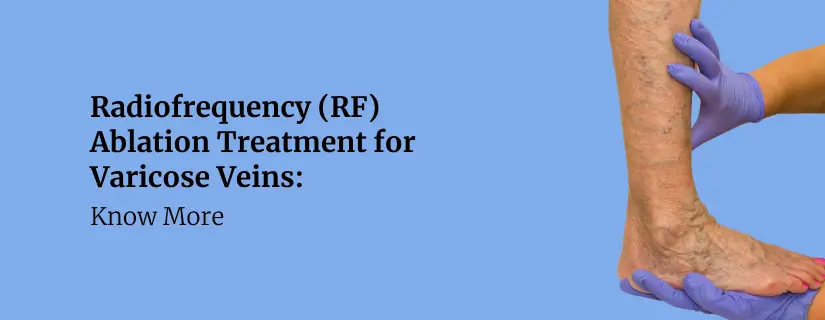
Radiofrequency (RF) Ablation Treatment for Varicose Veins: Know More
30 April 2025
Read More
-
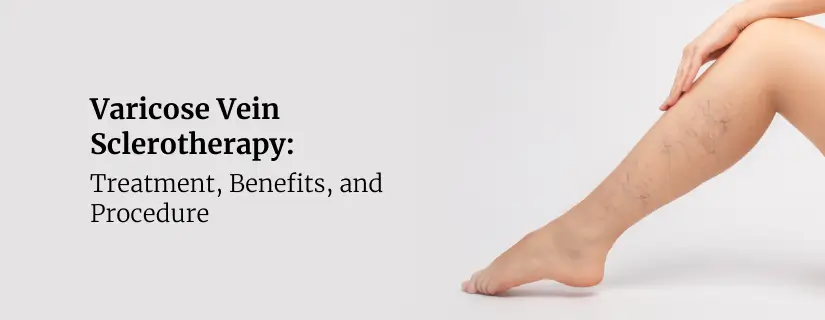
Varicose Vein Sclerotherapy: Treatment, Benefits, and Procedure
30 April 2025
Read More
-
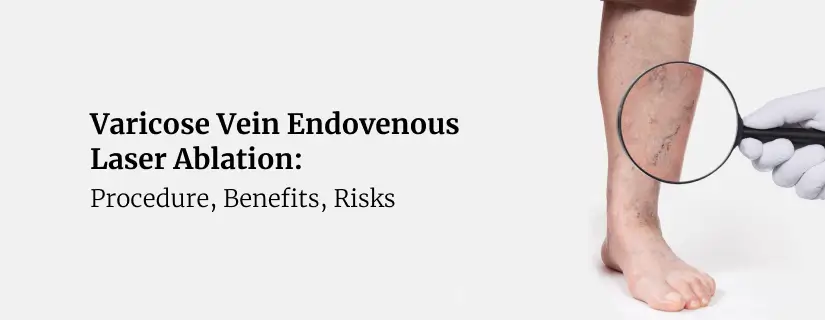
Varicose Vein Endovenous Laser Ablation: Procedure, Benefits, Risks
30 April 2025
Read More
Have a Question?
If you cannot find answers to your queries, please fill out the enquiry form or call the number below. We will contact you shortly.


